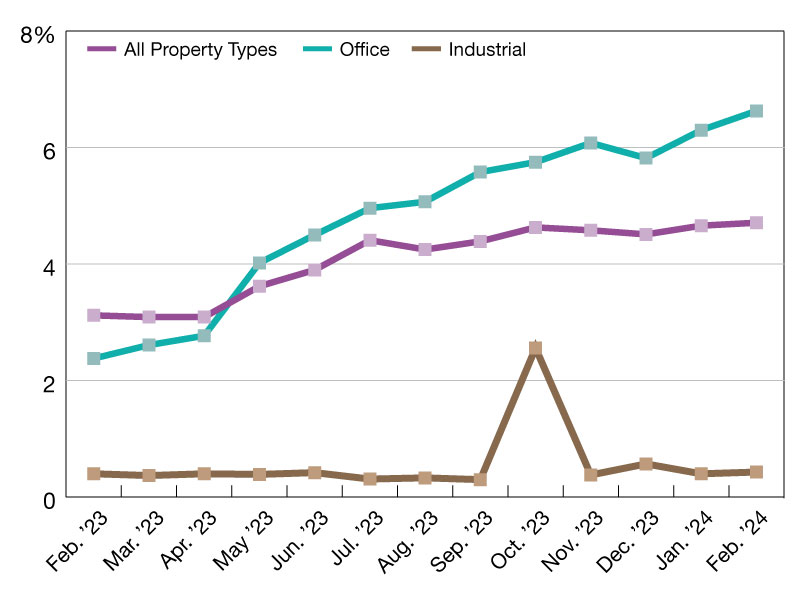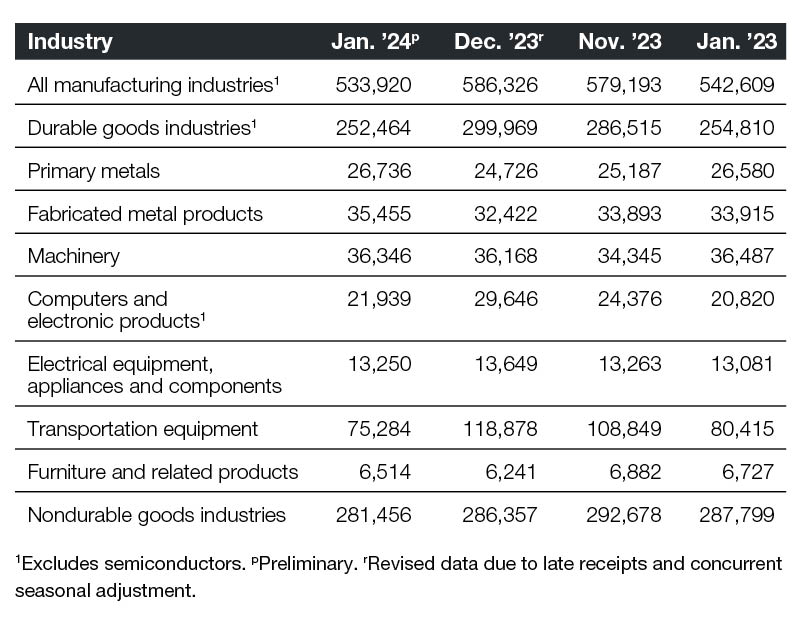Health Care REITs: Developments to Watch
Asset sales will likely improve health-care REITs' portfolio quality and balance sheets, while new supply will continue to challenge their senior housing investments, reports Moody's Investors Service Vice President Lori Marks.
By Lori Marks
 The market for health-care real estate remains liquid and asset prices are near historical highs, providing an attractive backdrop as health-care REITs plan to sell large volumes of assets this year. These sales are aimed at accomplishing a variety of strategic and financial objectives that, when implemented, have positive credit implications.
The market for health-care real estate remains liquid and asset prices are near historical highs, providing an attractive backdrop as health-care REITs plan to sell large volumes of assets this year. These sales are aimed at accomplishing a variety of strategic and financial objectives that, when implemented, have positive credit implications.
In Moody’s view, asset sales can help REITs reduce large tenant concentrations and shed their exposures to individual properties or operators that are struggling or considered non-strategic. Sales will also provide REITs with capital they can use to reduce leverage or fund attractive acquisition opportunities.
Tenant concentration is a credit risk for many health-care REITs, with tenants often comprising 5 to 25 percent of a REIT’s operating income. These concentrations are a result of the REIT’s growth strategies, which include financing large sale-leaseback transactions with operators seeking to build scale within their respective industries. The risk for REITs is that if these operators experience challenges, they may not be able to meet their rent payments.
Moody’s also expects large amounts of skilled nursing facility (SNF) sales this year, as REITs continue to seek ways to mitigate their exposure to the sector’s challenges. The SNF industry is under pressure from evolving payment models that emphasize shorter lengths of stay and lower-cost alternatives, such as home health care. Increased labor costs are an added challenge for operators.
New Supply to Challenge Senior Housing
REITs’ senior housing portfolios continue to contend with higher labor costs and increasing new supply in many markets across the U.S. We expect these challenges will persist throughout 2018—a credit negative for REITs with large investments in the sector.
REITs are invested in senior housing via triple-net lease structures, which limit risk to the operators’ ability to keep making rent payments, as well as via taxable REIT subsidiaries (TRS), which allow the REITs to directly realize the properties’ net income after paying a third-party management fee. The REIT’s TRS operations have been a strong source of profit growth in the past, but growth has been on a cyclical decline since 2015.
Despite the challenges, REITs’ senior housing operations have fared relatively well so far. Rate increases and containment of non-labor expenses have helped to mitigate the impact of occupancy declines. Geographic diversification has also benefited the REITs, as they continue to experience strong growth in certain markets with high barriers to entry, offsetting weakness in others that are burdened by excess supply.
Moody’s expects new supply will remain a significant challenge for REITs in 2018, and the extent of the downside will depend on the strength of their operating partners, as well as the supply-demand characteristics within their chosen submarkets. For their triple-net lease portfolios, tenant diversification and strong rent coverage ratios (1.2x or higher EBITDAR/rent) are other key mitigating factors. On a positive note, senior housing starts have moderated in recent quarters, which, coupled with strong demand trends, suggests a better outlook as we look toward 2019.
© Moody’s Investors Service, Inc. and/or its affiliates. Reprinted with permission. All Rights Reserved. The full terms and conditions applicable to this article are available at the following link: https://www.moodys.com/Pages/globaldisclaimer.aspx







You must be logged in to post a comment.